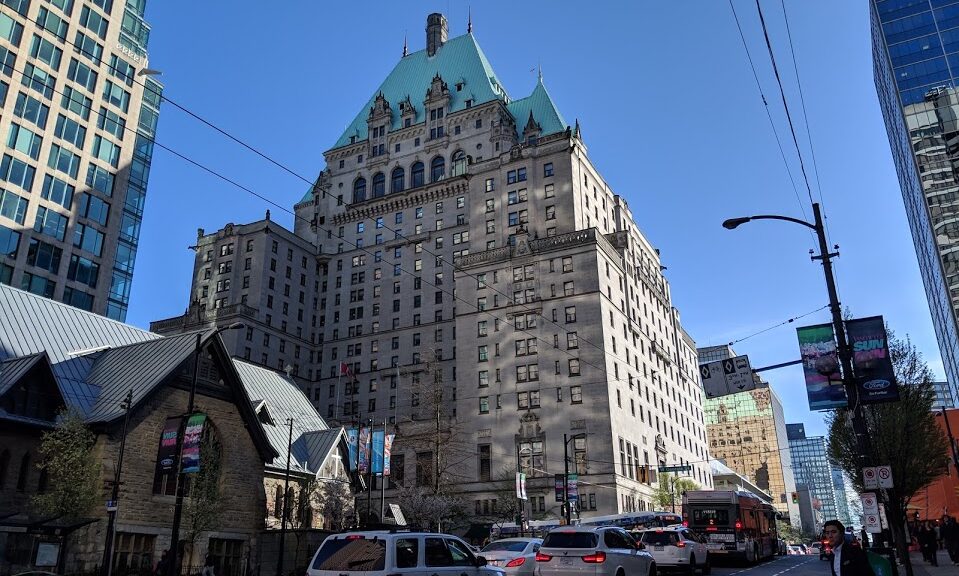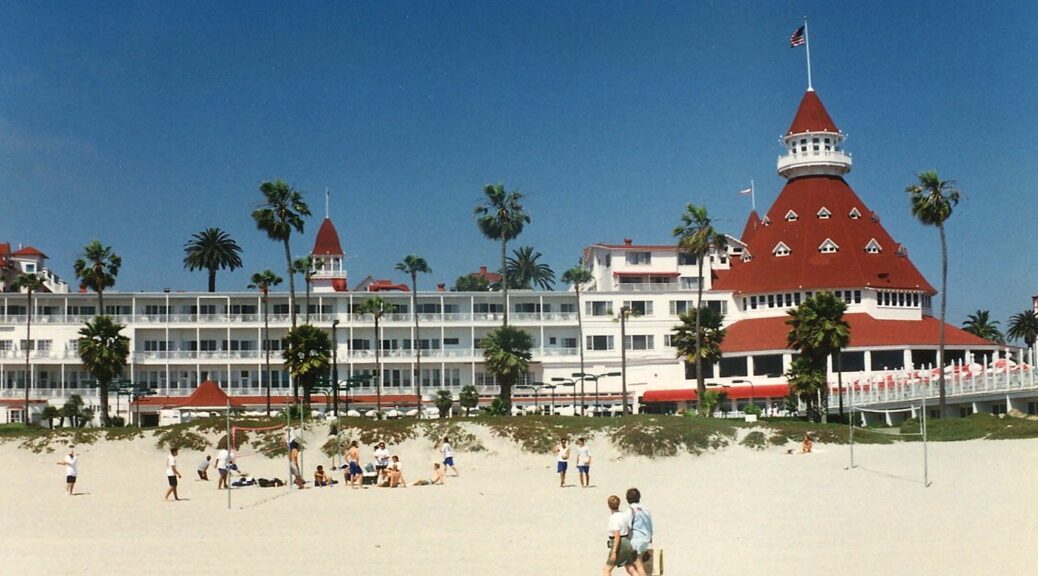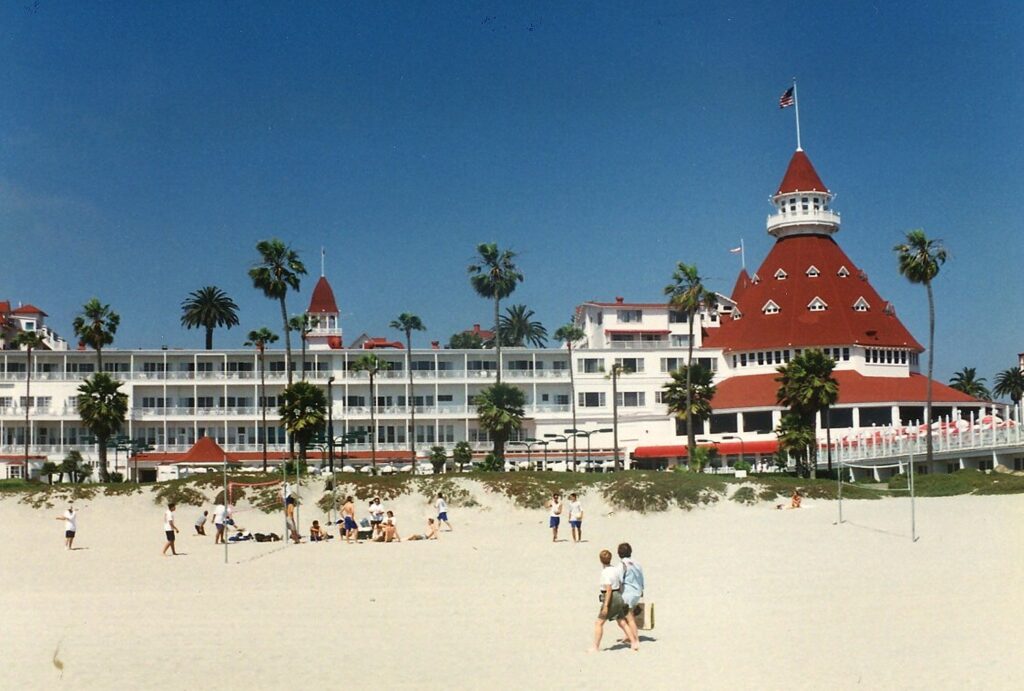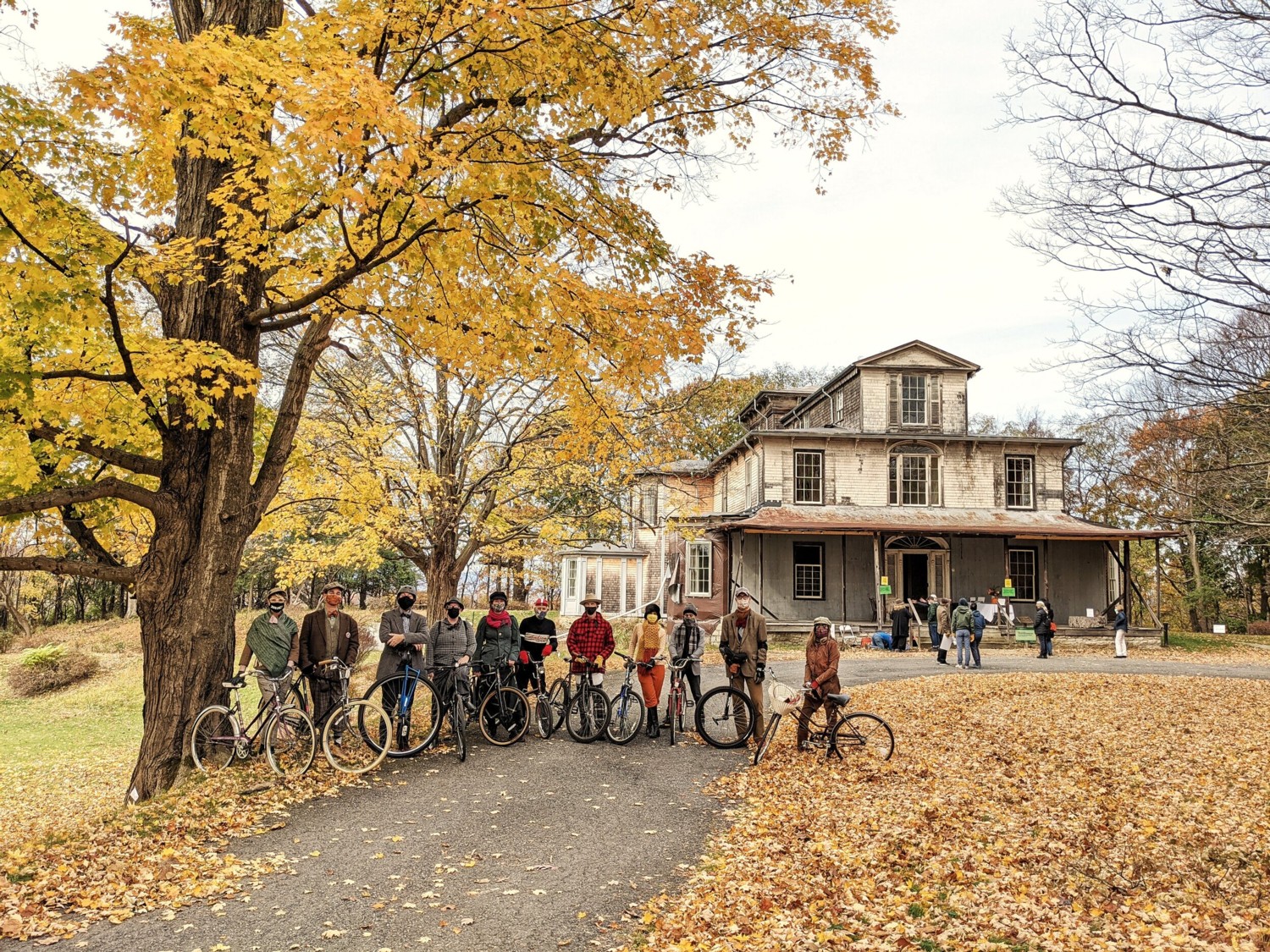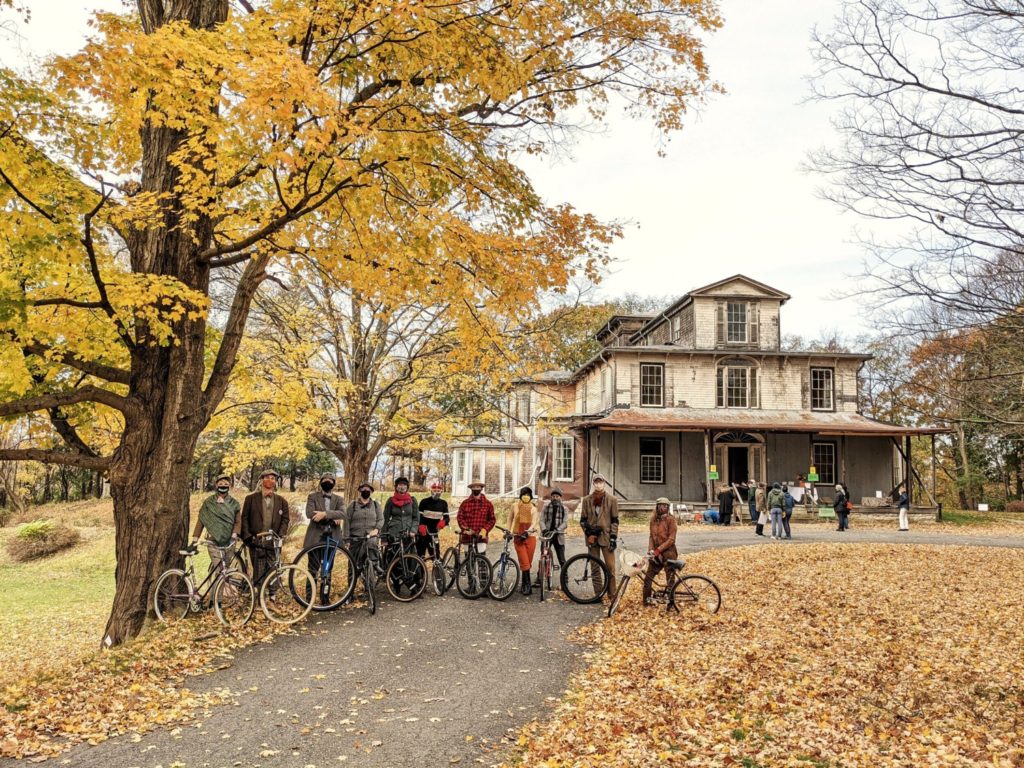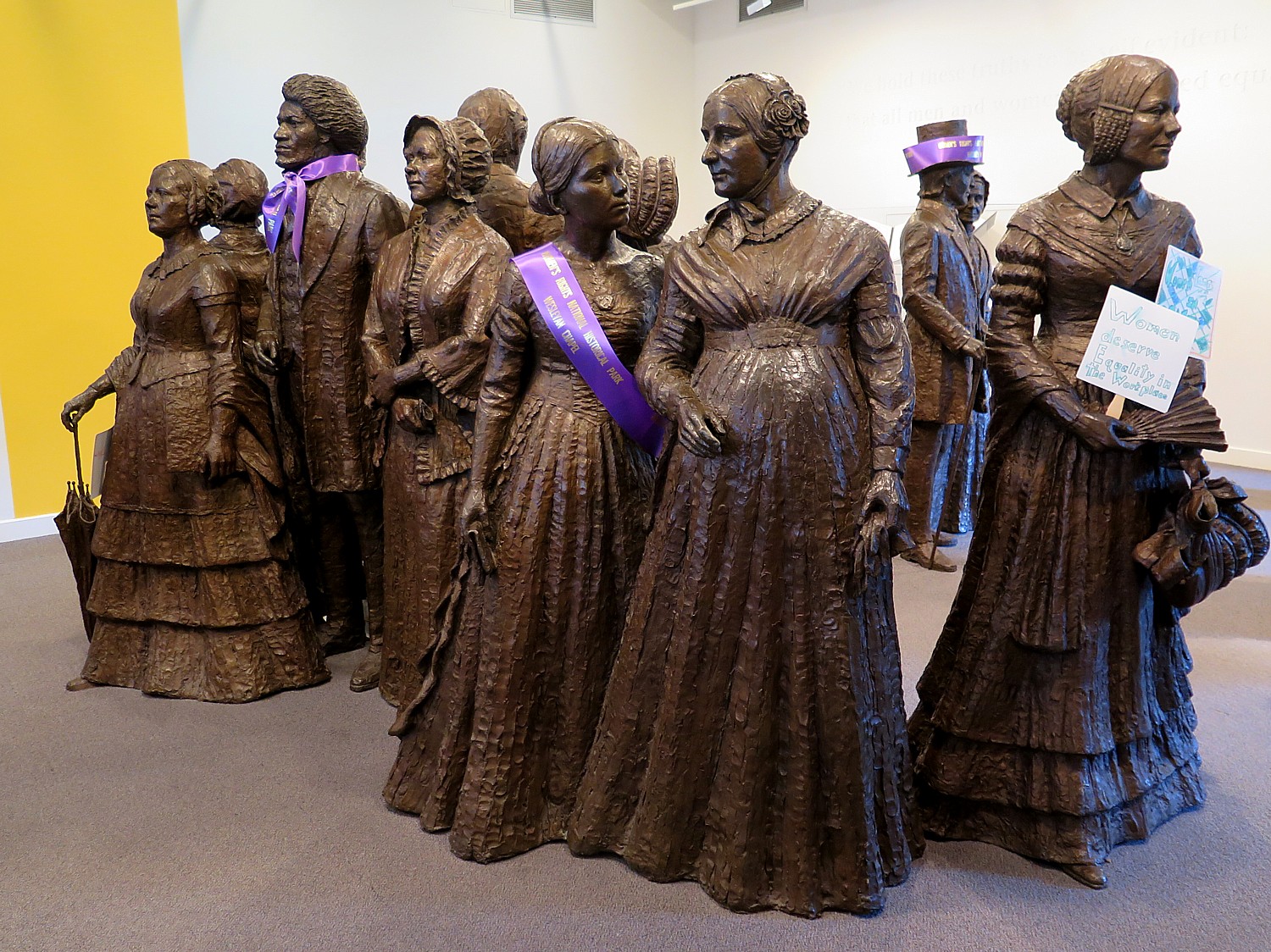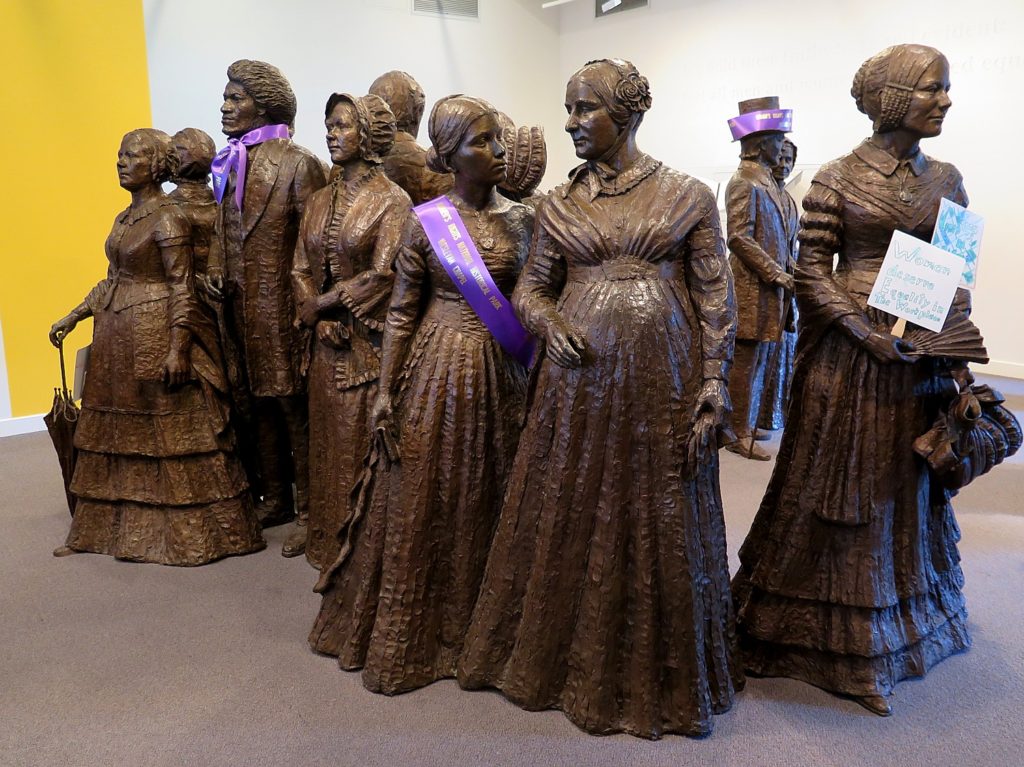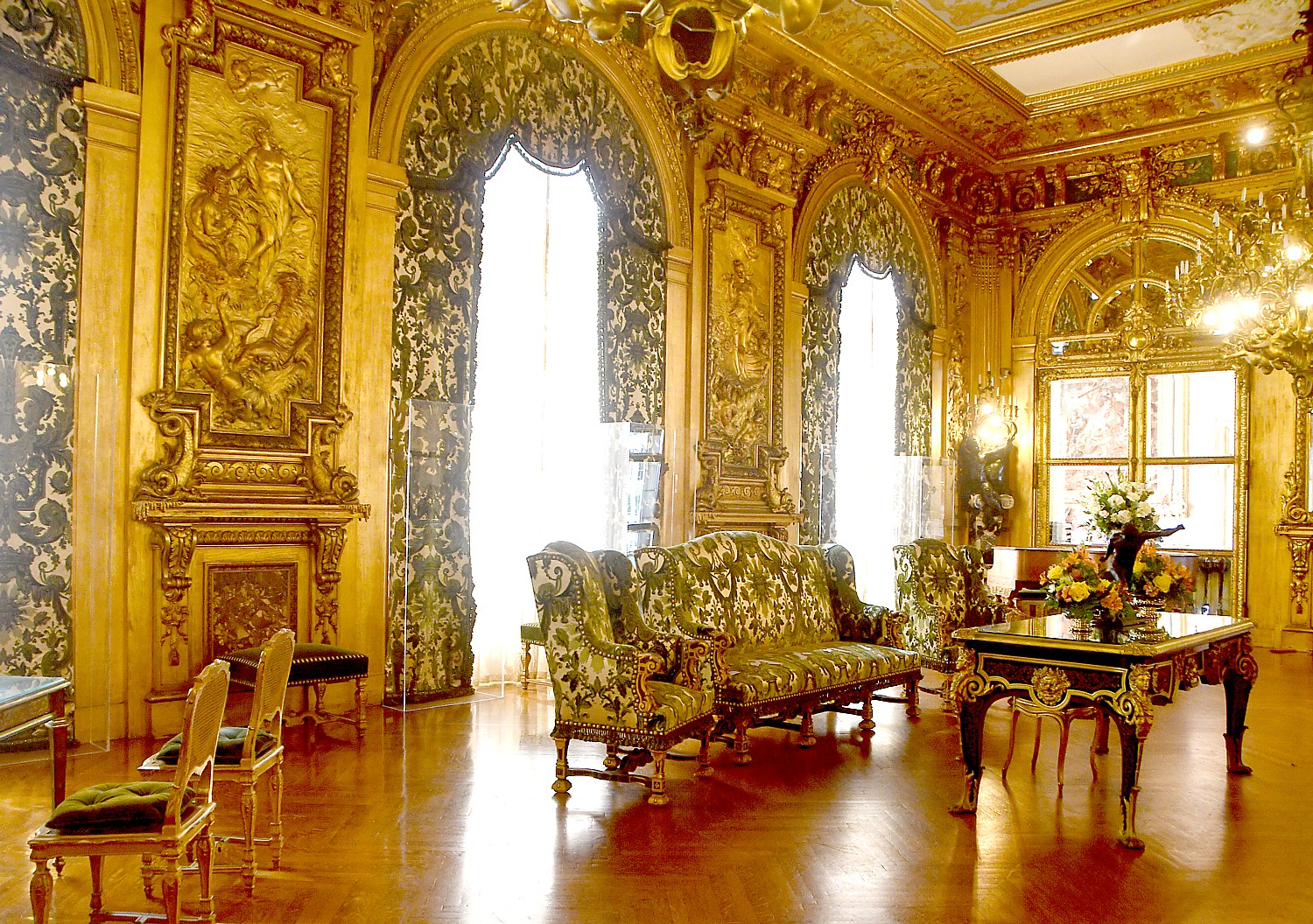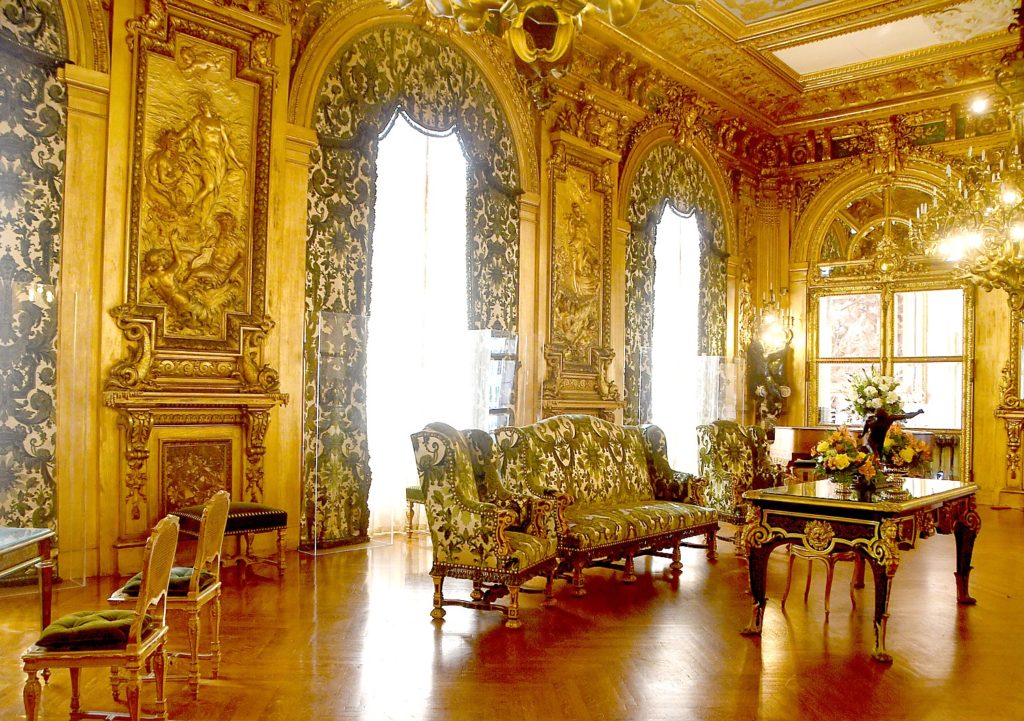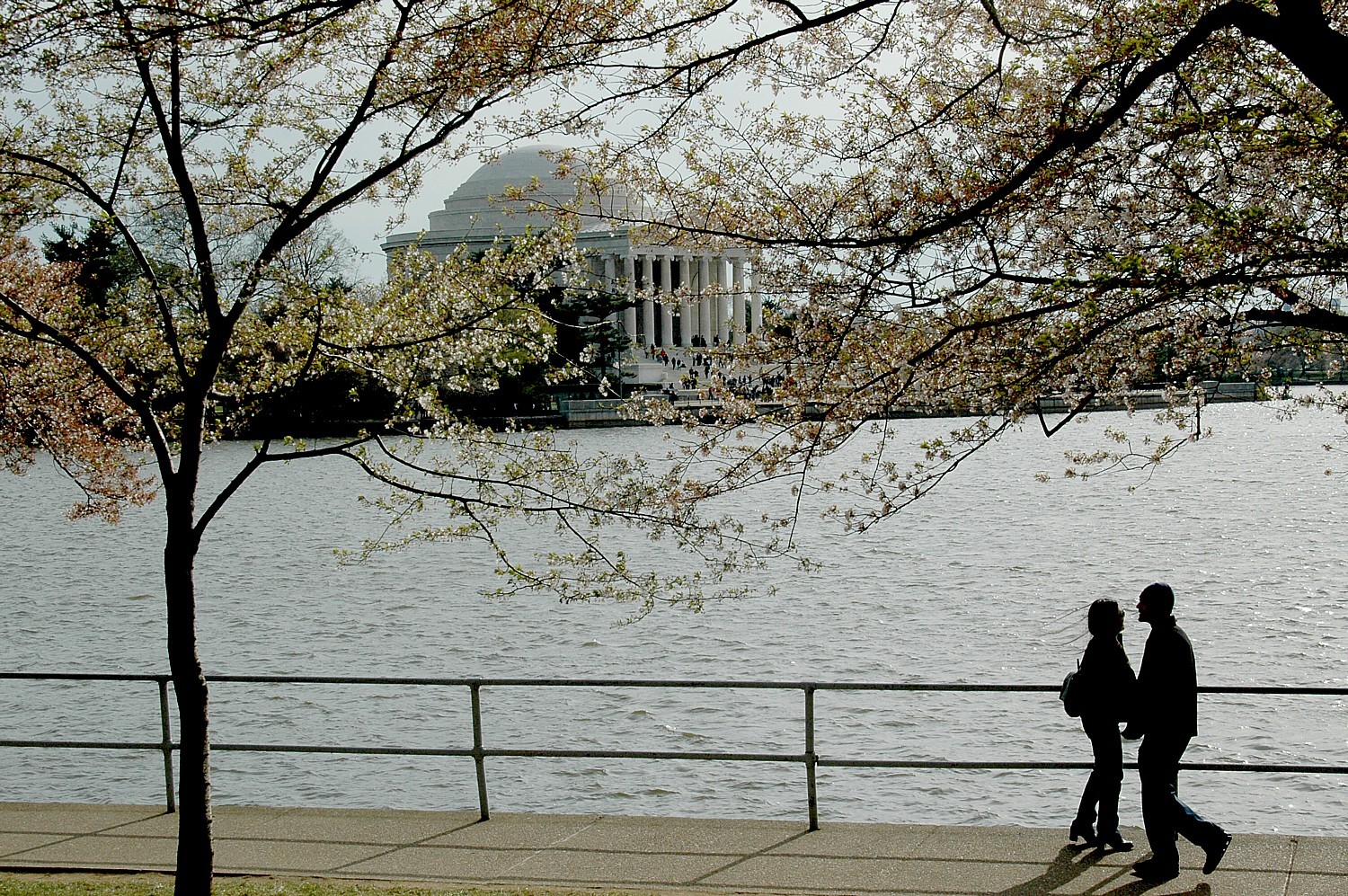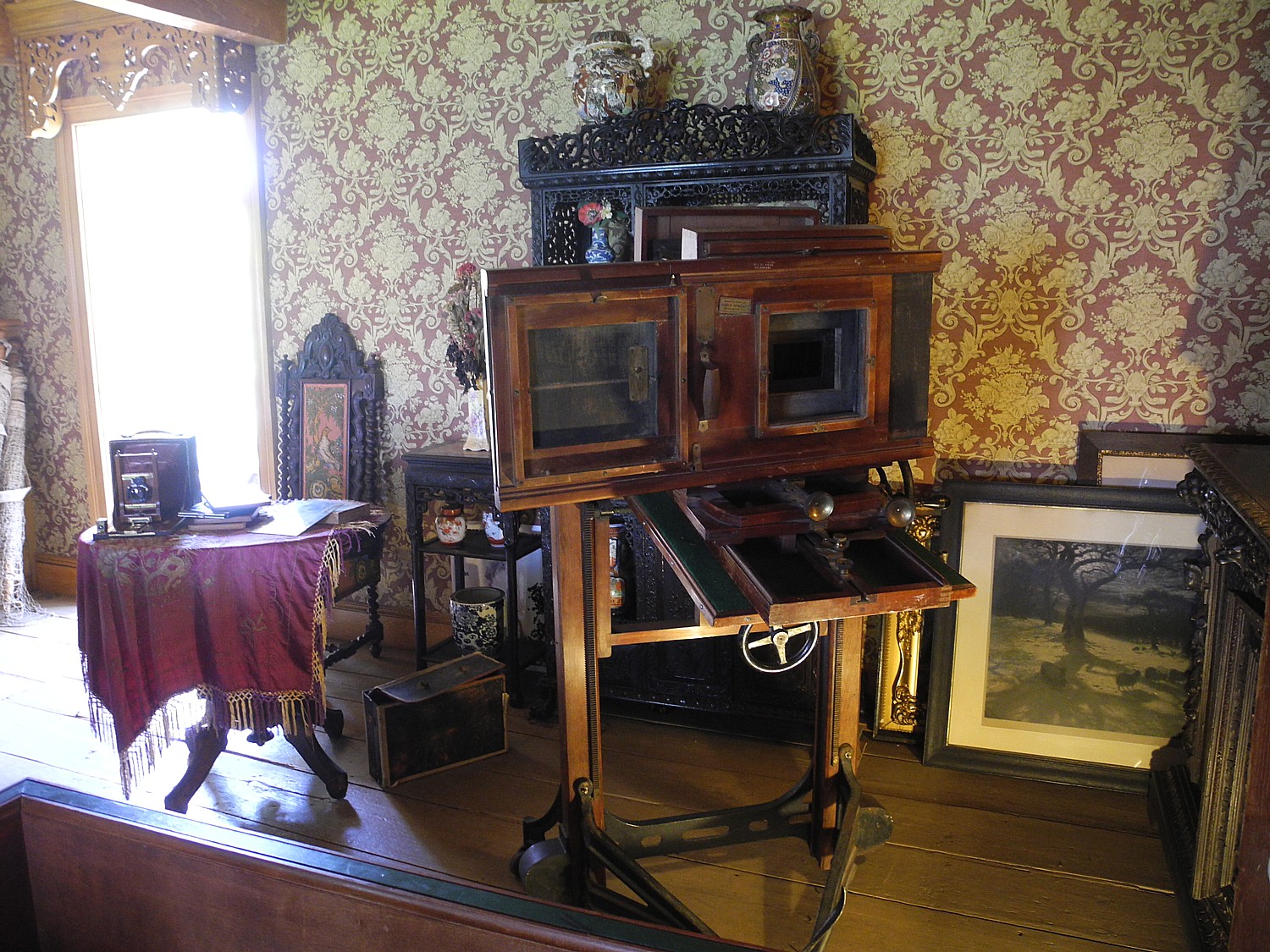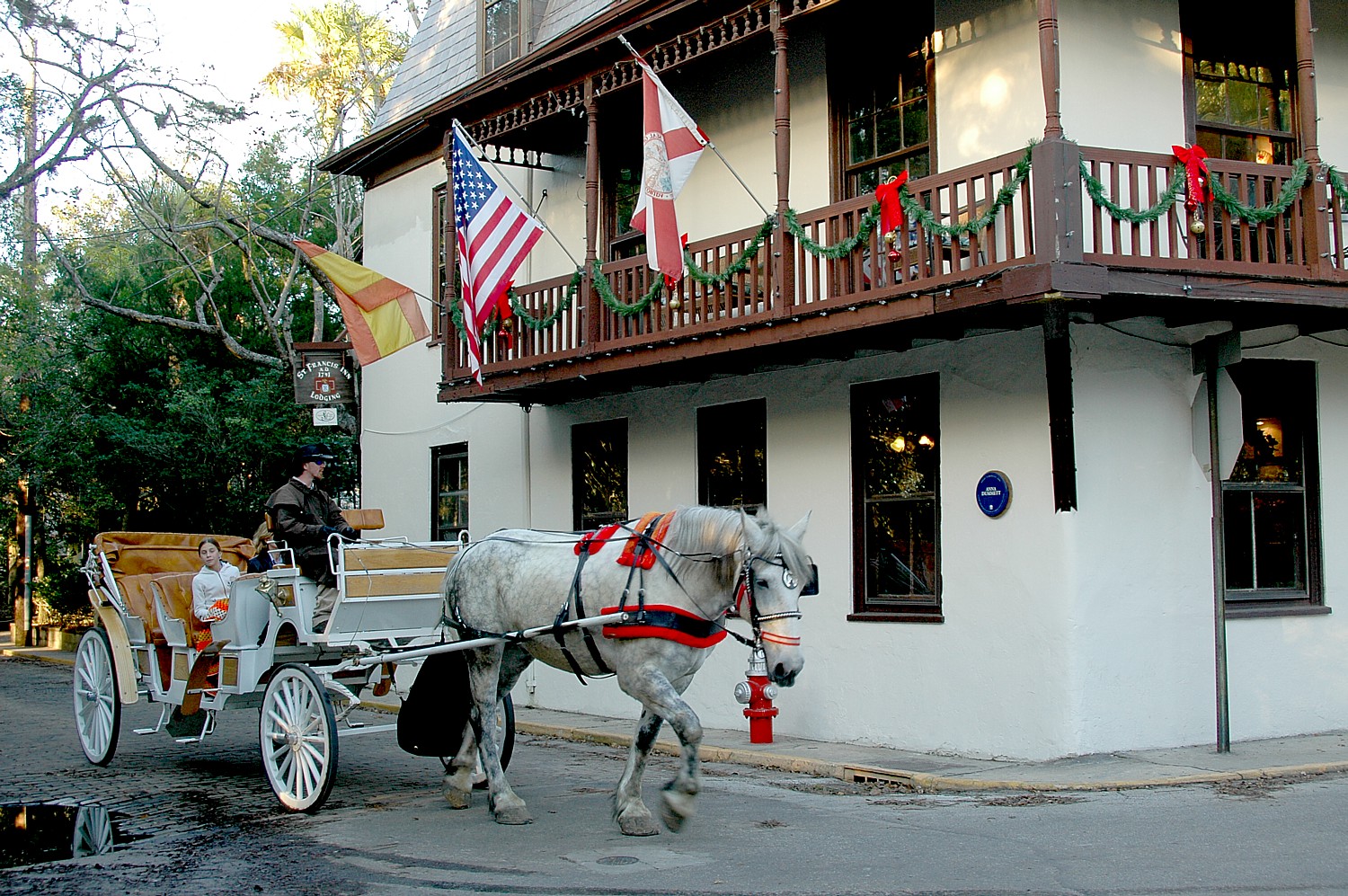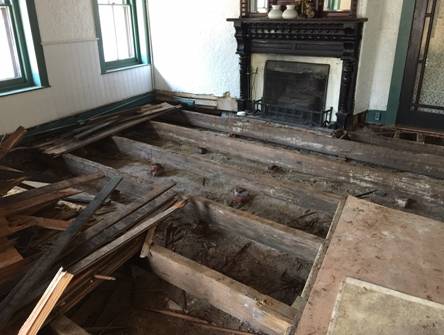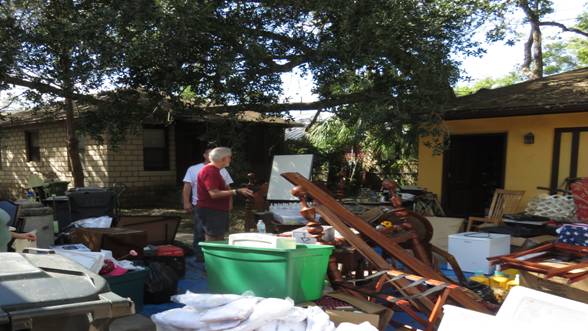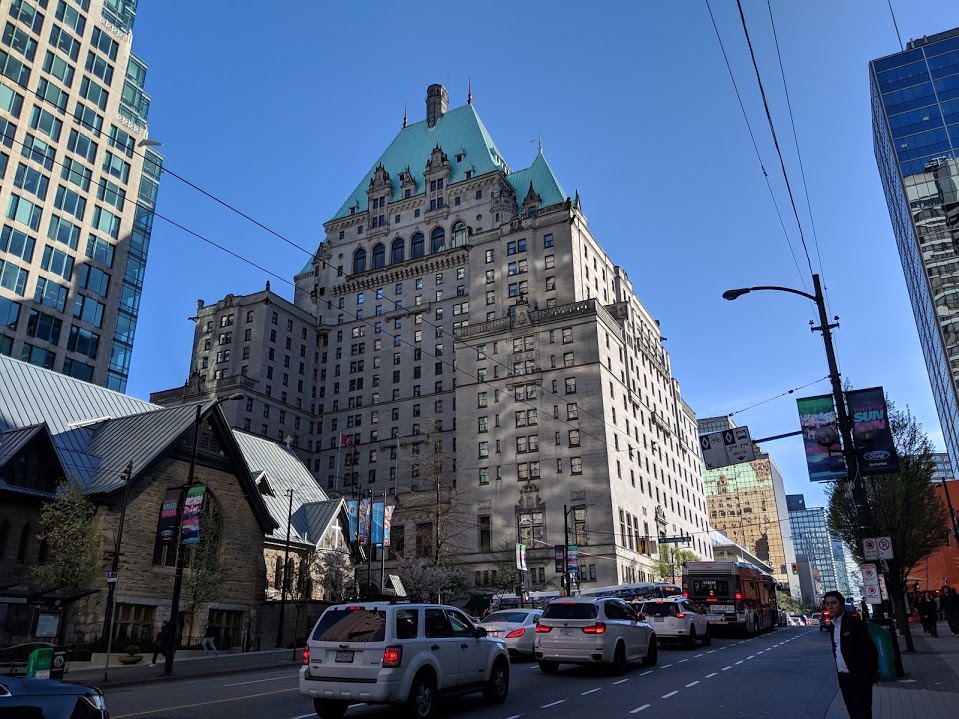
Historic Hotels Worldwide® announced the distinguished winners of the 2024 Historic Hotels Worldwide Annual Awards of Excellence.
Award recipients were honored on the evening of Thursday, November 21, at the 2024 Historic Hotels Annual Awards of Excellence Ceremony and Gala at The Omni Homestead Resort in Hot Springs, Virginia (United States of America), in front of an audience of more than 200 industry leaders, owners, general managers, senior management, and representatives of the world’s finest historic hotels.
During the ceremony, 11 distinct awards of the Historic Hotels Worldwide Annual Awards of Excellence were presented to hoteliers and hotels, recognizing them as the best of the best among their peers. Winners were chosen from nominations by historic hotels, preservation supporters, prior award recipients, community leaders, and leadership from Historic Hotels Worldwide. Member hotels from the program are among the finest historic hotels around the world. The Historic Hotels Annual Awards of Excellence Program recognizes the pinnacle of this distinct group.
From more than 500 nominations received, the awards committee evaluated and, after careful consideration, selected the following 2024 Historic Hotels Worldwide Awards of Excellence winners:
Historic Hotels Worldwide New Member of the Year
This award is presented to a new member hotel that best demonstrates immediate engagement, activation, and passionate support of Historic Hotels Worldwide.
Winner: Half Moon (1954) Montego Bay, Jamaica
Historic Hotels Worldwide Best Social Media of a Historic Hotel
This award is given to a hotel that actively engages consumers by sharing the best of their history through social media, including Facebook, Twitter/X, and Instagram with interesting historical facts and stories.
Winner: Las Casas Filipinas de Acuzar (1780) Bagac, Philippines
Historic Hotels Worldwide Sustainability Champion
This award is presented to a hotel that best implements and practices innovative green initiatives and programs, demonstrating historic preservation is the ultimate green.
Winner: The K Club (1832) Straffan, County Kildare, Ireland
Historic Hotels Worldwide Legendary Family Historic Hoteliers of the Year
This award is presented to a multi-generational family ownership entity or management company which has served as an exemplary role model in the operation of the historic hotel entrusted to its stewardship, has demonstrated a long-term legacy of commitment to historic preservation, and has been an active champion of Historic Hotels Worldwide.
Winner: The Baverez Family, owners and managers of Les Hôtels Baverez since 1900
Historic Hotels Worldwide Best City Center Historic Hotel
This award is presented to a hotel located in a city center that best celebrates its history in the guest experience and provides exceptional customer hospitality and service.
Winner: Mystery Hotel Budapest (1896) Budapest, Hungary
Historic Hotels Worldwide Best Historic Resort
This award is presented to the historic resort that best celebrates its history in the guest experience and provides exceptional customer hospitality and service.
Winner: Kviknes Hotel (1752) Balestrand, Norway
Best Historic Hotels Worldwide Hotel in Europe
This award is presented to a historic hotel in Europe that best celebrates its history in the guest experience and provides exceptional customer hospitality and service.
Winner: The Grand York (1906) York, England, United Kingdom
Best Historic Hotels Worldwide Hotel in Asia/Pacific
This award is presented to a historic hotel in Asia/Pacific that best celebrates its history in the guest experience and provides exceptional customer hospitality and service.
Winner: The Fullerton Hotel Singapore (1924) Singapore
Best Historic Hotels Worldwide Hotel in the Americas
This award is presented to a historic hotel in the Americas that best celebrates its history in the guest experience and provides exceptional customer hospitality and service.
Winner: Fairmont Hotel Vancouver (1939) Vancouver, British Columbia, Canada
Historic Hotels Worldwide Historic Hotelier of the Year
This award is presented to the recipient demonstrating the highest contribution to furthering the celebration of history at historic hotels as well as leadership and innovation.
Winner: Franck X. Arnold at The Savoy London (1889) London, England, United Kingdom
Historic Hotels Worldwide Historian of the Year
This award is given to individuals who have made significant contributions to the research and presentation of history, encouraging a deeper discussion and broader understanding of the world’s most iconic and legendary hotels.
Winner: Andreas and Carola Augustin, editors of FamousHotels.org, “The Library of Hospitality”
“It is an honor to congratulate all of the 2024 Historic Hotels Worldwide Annual Awards of Excellence winners,” said Lawrence Horwitz, Executive Vice President, Historic Hotels of America and Historic Hotels Worldwide. “The winners are the finest historic hotels and hoteliers from around the world. The historic hotels nominated include small historic inns, boutique hotels, lifestyle hotels, and resorts. They represent small towns to large cities to UNESCO World Heritage destinations. We applaud the dedication and passion of the thousands of individuals working at these iconic and legendary hotels that keep the stories alive from the past and make staying or celebrating special occasions at these historic hotels memorable experiences. The hotels on this list represent the very best spirit of perseverance and preservation of historic hotels. Through the many chapters these buildings have seen, it is the care of their staff, owners, and operators and the support of travelers that allow these stories to continue.”
To be nominated for the Historic Hotels Worldwide Annual Awards of Excellence, the hotel must be a member of Historic Hotels Worldwide, demonstrate how the hotel increased the recognition and celebration of the hotel’s history, heritage, historic preservation, and its membership, as well as how the hotel (through its ownership, leadership, and employees) contributes significantly as an industry leader in the designated award category.
Historic Hotels Worldwide’s sister program, Historic Hotels of America®, also announced its collection’s winners of the Historic Hotels Annual Awards of Excellence. (See: 2024 HISTORIC HOTELS OF AMERICA® ANNUAL AWARDS OF EXCELLENCE WINNERS ANNOUNCED)
Historic Hotels Worldwide® is a prestigious and distinctive hotel collection of historic treasures, including luxury historic hotels built in former castles, chateaus, palaces, academies, haciendas, villas, monasteries, and other historic lodging spanning ten centuries. Historic Hotels Worldwide represents the finest and most distinctive global collection of more than 320 historic hotels in forty-nine countries. Hotels inducted into Historic Hotels Worldwide are authentic historic treasures, demonstrate historic preservation, and celebrate historic significance. Eligibility for induction into Historic Hotels Worldwide is limited to those distinctive historic hotels that adhere to the following criteria: minimum age for the building is 75 years or older; historically relevant as a significant location within a historic district, historically significant landmark, place of a historic event, former home of a famous person, or historic city center; hotel celebrates its history by showcasing memorabilia, artwork, photography, and other examples of its historic significance; recognized by national preservation or heritage buildings organization or located within UNESCO World Heritage Site; and presently used as a historic hotel.
For more travel features, visit:
Going Places @ longislandpress.com
goingplacesnearandfar.wordpress.com
travelwritersmagazine.com/TravelFeaturesSyndicate/
goingplacesfarandnear.tumblr.com/
instagram.com/going_places_far_and_near/
instagram.com/bigbackpacktraveler/
‘Like’ us on facebook.com/NewsPhotoFeatures
Twitter: @TravelFeaturesThreads: @news_and_photo_feature
Facebook Twitter LinkedIn
